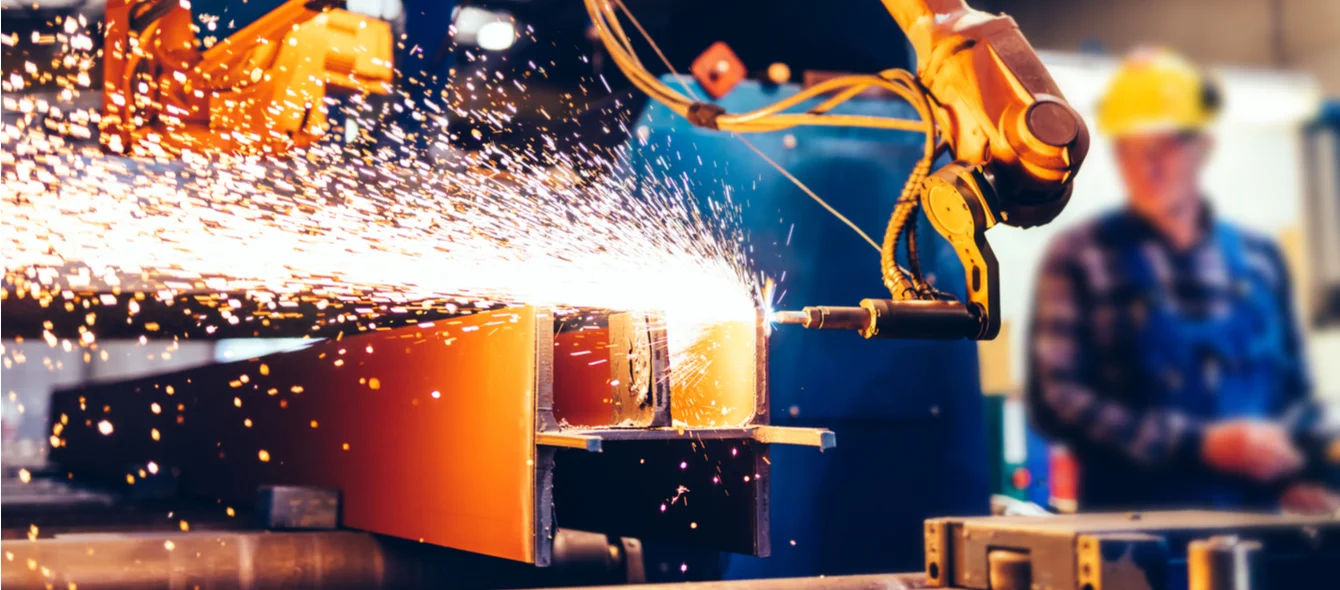The European Green Deal is a milestone on the way to achieving the climate goals of the Paris Agreement. In this series, we take a look at some of its key elements relating to the energy sector, the European Climate Law, the Investment Plan, the Industrial Strategy and the Circular Economy Action Plan.
The energy transition embodies both opportunities and costs for industry, which remains a central part of the European economy. Industry accounts for 35 million jobs in the EU and 80% of goods exports, providing 20% of EU value-added. Industry also represents some of the most difficult parts of the economy to decarbonise, owing to the need for base chemicals and feedstocks and high temperature heat, which have traditionally been made from or are delivered by fossil fuels.
Change requires innovation, which means R&D spending, while new technologies are often expensive initially with costs falling as use of a technology is scaled up. These additional costs potentially put European industry at a competitive disadvantage, but also provide the opportunity to become world leaders in sustainable technology. As a result, a major component of the European Green Deal is the European Industrial Strategy.
The aim is to achieve three main goals: to be globally competitive; to become climate neutral by 2050 and to leverage the opportunities provided by digitalisation.
Innovation
Given the scale of the challenge, and the need for new industrial solutions based on clean energy sources, the European Commission is calling on industry to become the “accelerator and enabler of change and innovation.” If Europe wants to lead the twin transitions – energy and digital – any industrial policy has to be an “industrial innovation strategy,” it says.
Take, for example, the EU’s recently-announced hydrogen strategy. Hydrogen opens up a range of new possibilities from clean transport via fuel cells in vehicles to its use in the production of chemicals, industry feedstocks and process heat. Hydrogen use will require a whole suite of new technologies and equipment redesigns, potentially becoming a major industrial sector in its own right.
The EU industrial strategy aims to harness the power of digitalisation to support this innovation and become a world leader in the green products and processes of tomorrow. As a result, the European Commission is calling on industrial sectors to define their own roadmaps for climate neutrality or digital leadership and intends to support these through public-private partnerships that create industrial ‘ecosystems’ in which innovation can thrive.
Keeping competitive
The EU’s industrial strategy has many additional elements, not least a reinforcement of single market rules to ensure fairness within the bloc. However, there are also plans to make sure emissions gains made in Europe are not lost abroad.
To avoid cheap imports produced on a less sustainable basis displacing EU goods or EU businesses moving to jurisdictions with lower sustainability standards – and therefore achieving no gain in emissions reductions – the European Commission has proposed a carbon border adjustment mechanism, which would level the playing field between imports and domestic industry in particular sectors at risk of carbon leakage.
Photo credit: Michal Bednarek/Shutterstock
